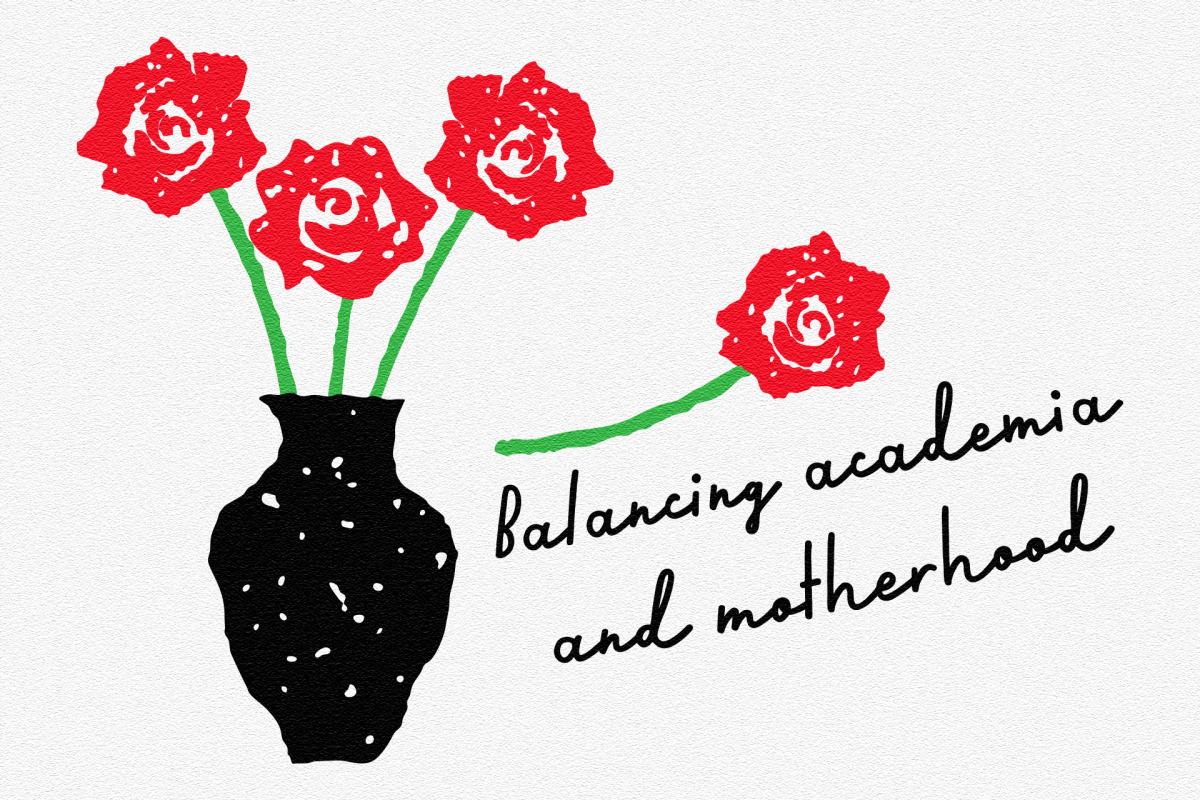By Hope Davis
Rita Hayworth and “Gilda” (1946) were my first loves of 1940s cinema and film noir. Hayworth, my favorite old Hollywood star and the lock screen on my phone, secured her “bombshell” status in this film.
This role has cemented Hayworth as an icon of its decade and the “femme fatale” archetype. I found Hayworth captivating from my first watch, and while I don’t pretend to be a great judge of acting, I think her performance brings humanity to Gilda’s otherwise villainized character. This is not a feminist movie, but I indulge in my own feminist interpretation or reclamation of it.
The film is named after Gilda because she’s framed through the eyes of her ex-boyfriend, Johnny Farrell (Glenn Ford), who spends the film trying to cruelly punish Gilda for her supposed sexual promiscuity and infidelity. He doesn’t even act solely from his own sore feelings from their relationship — the film makes it clear that he walked out on her, so I’m not sure what he’s mad about — but in the interest of his employer and Gilda’s new husband, Ballin Mundson (George Macready). Johnny takes care “of everything that belongs to the boss.”
During my last watch, I read in a The A.V. Club article that the men’s dynamic serves as an “unmistakable homoerotic subtext,” and while I didn’t notice it before, now I can’t unsee it. It sort of explains Johnny’s obsession with his idea that Gilda is hurting his friend and his cruel indifference when she confesses that she fears her husband.
The film fits into the interpretation of the “femme fatale” as an embodiment of anxieties about women and gender politics. In the World War II era, women had more jobs and independence outside of the home, and soldiers overseas could worry that their wives and girlfriends were unfaithful in their absences. Certain aspects of the film also give us a glimpse past Johnny’s male gaze, namely the vulnerability in Hayworth’s performance.
It takes nearly 20 minutes for Hayworth to make her appearance, and, honestly, the time without her drags, but it’s worth it. In one of classic Hollywood’s most iconic character introductions, Ballin opens the door to her room, asking, “Gilda, are you decent?” and a smiling Hayworth pops into the frame from below, responding, “Me?” Most clips cut off here, but I think there’s a brilliant subtlety when her face hardens as her eyes refocus on Johnny before she adds, “Sure, I’m decent.”
Hayworth and Ford’s eye contact in this scene and their back-and-forth as Gilda antagonizes Johnny — she subtly refers to him as the “hired help” — set up the love-hate chemistry they carry throughout the film. This is the second of five films Hayworth and Ford made together. Off-screen, they were close friends until Hayworth’s death, and according to Ford’s biography by his son, Peter Ford, the two began a decades-long on-and-off affair around the time of this film.
Gilda plays into Johnny’s fears to get under his skin. She dances with other men and consciously plays up her flirtation when she knows he’s watching. Out of his sight, though, Gilda takes more distance from her suitors, suggesting that she’s only creating the impression of infidelity to piss Johnny off.
Gilda’s fear of her husband and of a curse she thinks she’s brought upon herself mount through the first two acts. The camera does more and more to represent this, showing Ballin out of focus or in silhouette in the foreground and Gilda in focus in the background in different scenes, beginning when he warns that she “shouldn’t make any mistakes” and tells her that hate is the one thing that’s warmed him. This anxiety culminates in Carnival, the last days before Lent that Gilda feels represents her impending punishment for her supposed sins.
Gilda’s most significant rebellion against Johnny and the “prison” he has attempted to create for her comes in one of her two song and dance numbers in the film. Hayworth began dancing professionally at age 12. To see her charisma as a performer, you have to see her dance.
Gilda gets in front of the casino audience in a black gown (that has its own Wikipedia page) and performs a faux-striptease while singing a song about blaming disasters on women’s sexuality. “One night she started to shim and shake/ That brought on the Frisco quake/ So you can put the blame on Mame, boys,” she sings. After throwing her opera gloves and jewelry to the audience, Gilda stares Johnny down while she lets a man try to unzip her dress.
“Now they all know what I am and that should make you happy, Johnny,” she says before he slaps her across the face. By showing people who he thinks she is, she exposes how he’s demonized and alienated her.
Before the end of the movie, Johnny learns that Gilda had been telling the truth and never slept with any of the men he saw her with, so he returns to her side as if to say, “It turns out you’re not a tart, so I can treat you with dignity.” The ending frames Johnny as a romantic hero in a way that’s obviously undeserved. I hate this man. It almost threatens to ruin the movie, but it’s so wild that it makes me laugh, and I enjoy the rest of the film too much.
Gilda falls into the category of the redeemed femme fatale. Classic Hollywood’s production code regulated how sympathetically filmmakers portrayed “bad guy” characters, so a femme fatale was typically either redeemed or further punished at the end.
Femme fatale literally means “fatal woman,” but unlike Phyllis Dietrichson of “Double Indemnity” (1944) or today’s Amy Dunne of “Gone Girl” (2014), Gilda never plots or attempts extreme violence. Her “fatality” derives from her desirability. Her sexuality drives men like Johnny to obsession, and if you take his word at face value, you would believe that she’s a master manipulator ruining men’s lives. Some argue that Gilda isn’t even a femme fatale because her danger is projected onto her by the men who seek to possess her.
This impulse to police women’s sexuality is not new to our culture and hasn’t died out. The unfaithful woman who ruins her man is a common feature of Western mythology. Even today the recent documentary “Framing Britney Spears” brought attention to how pop culture vilified her during her breakup with Justin Timberlake and framed him as a victim.
Rita Hayworth was shy and private by nature and, while she played the part of seductress so well, she deeply resented the objectified sex-goddess image the Hollywood studio system imposed on her. This film is a strong example of that image.
After the release of “Gilda,” Hayworth learned that her image and the name Gilda had been attached to an atom bomb. Her second husband Orson Welles told Hayworth’s biographer Barbara Leaming that “Rita almost went insane, she was so angry.” Hayworth has also been famously quoted as saying, “Men go to bed with Gilda and wake up with me.”
I have some complicated feelings about loving Hayworth and her image in this film knowing she felt trapped by the persona the film is known for. I fear that I, as a viewer and fan, participate in the system and gaze that objectified and exploited her, but I also think that appreciating her work as a performer beyond the image of a sex symbol affords her more license and humanity. I also like to think the film’s enduring legacy opens a new generation to appreciate her and her memory.
To see Hayworth in her favorite film that she ever made, see “Cover Girl” (1944).
_Edited by Chloe Konrad | [email protected]_




